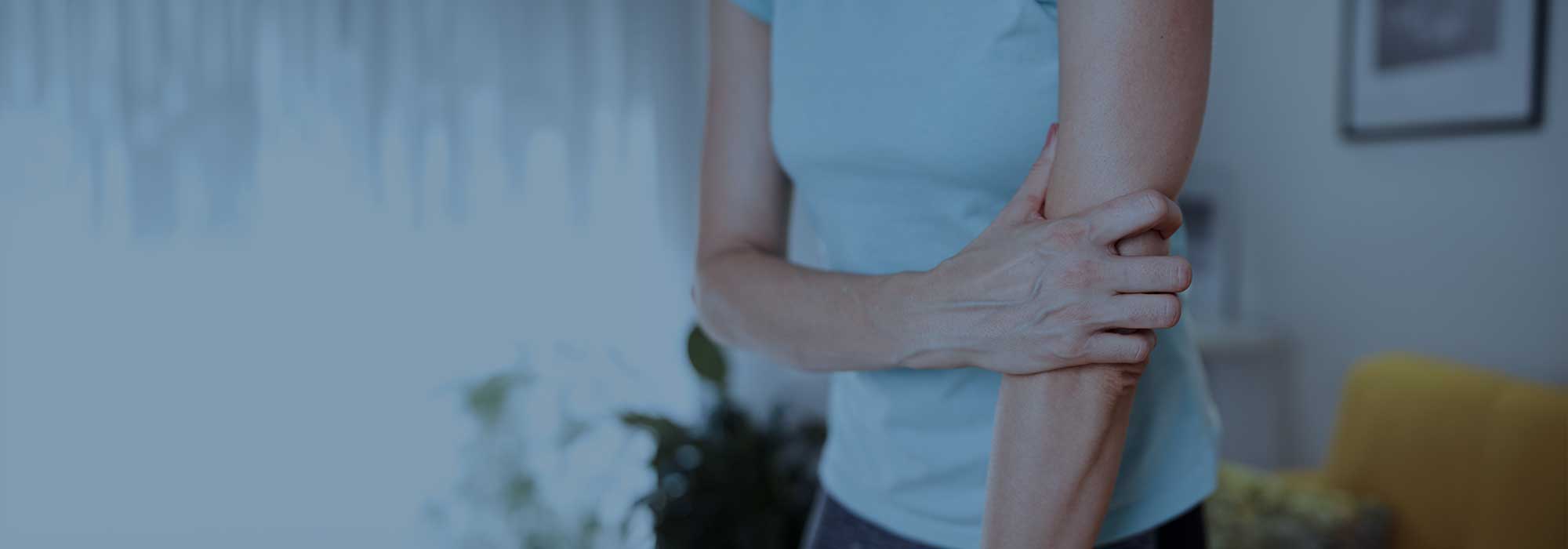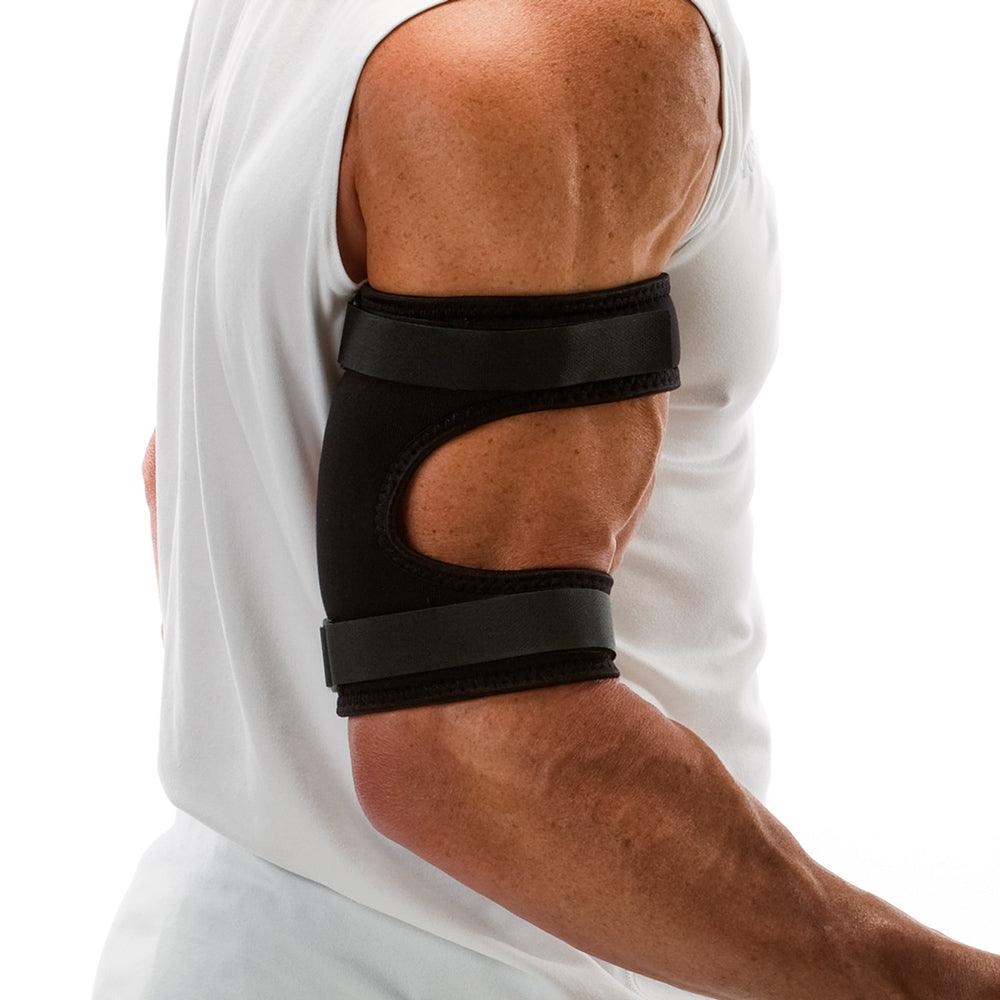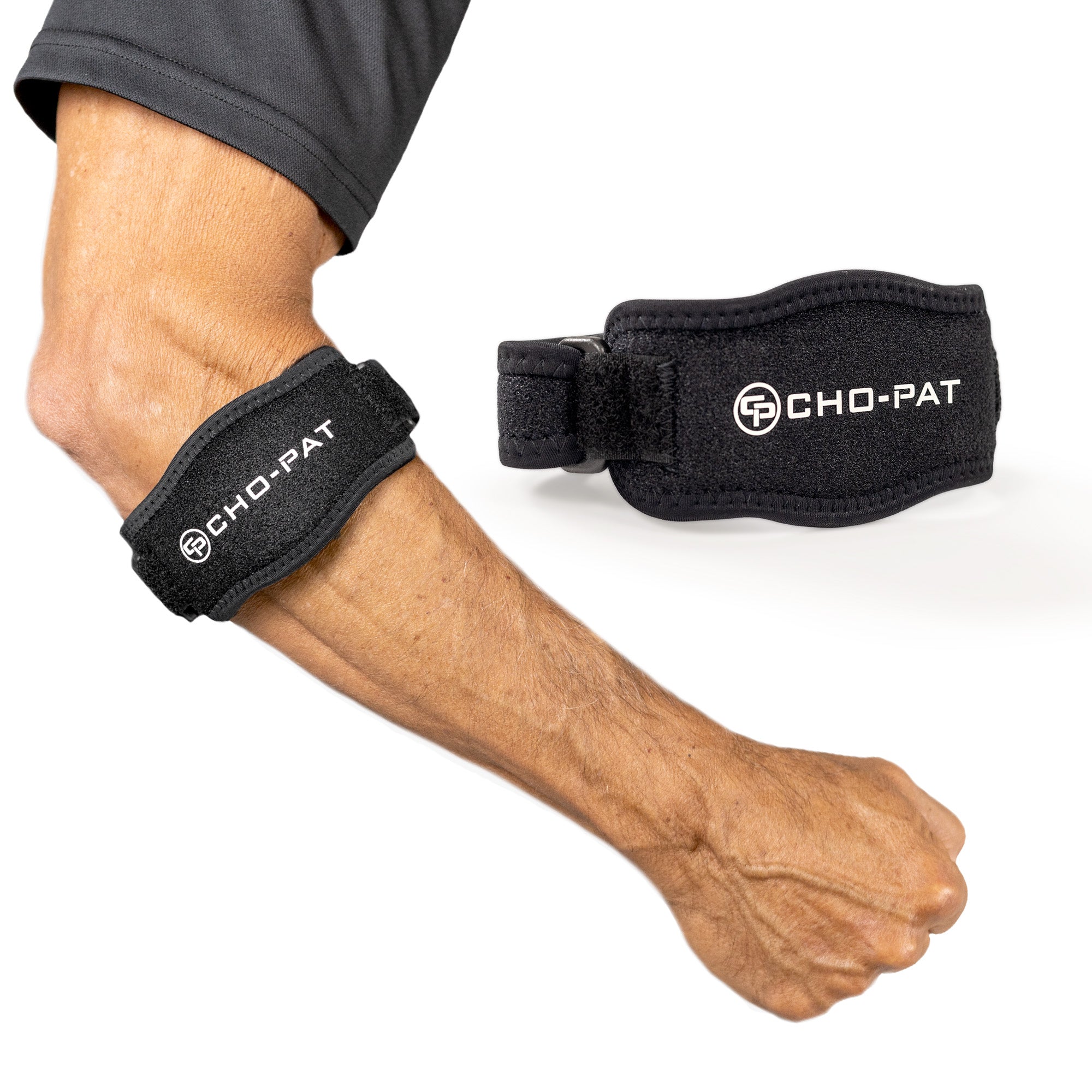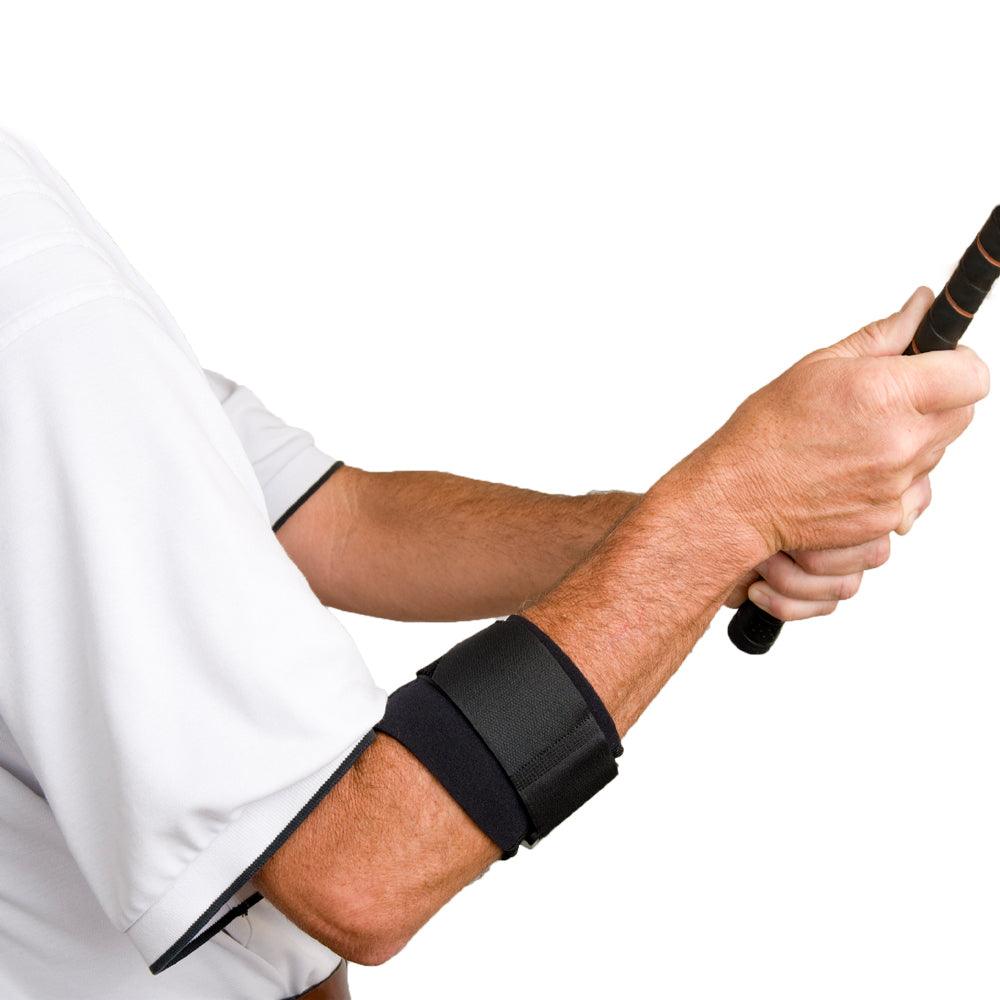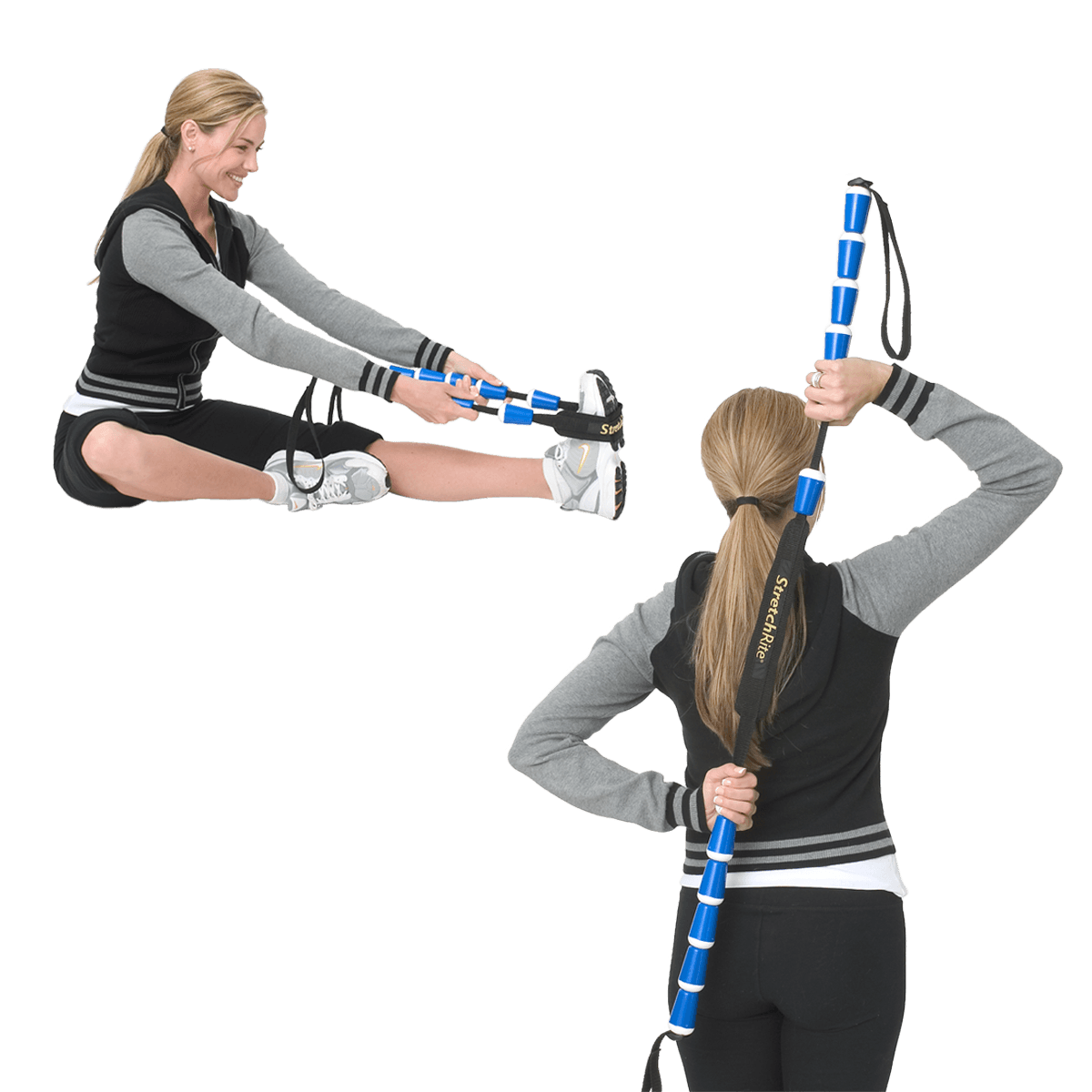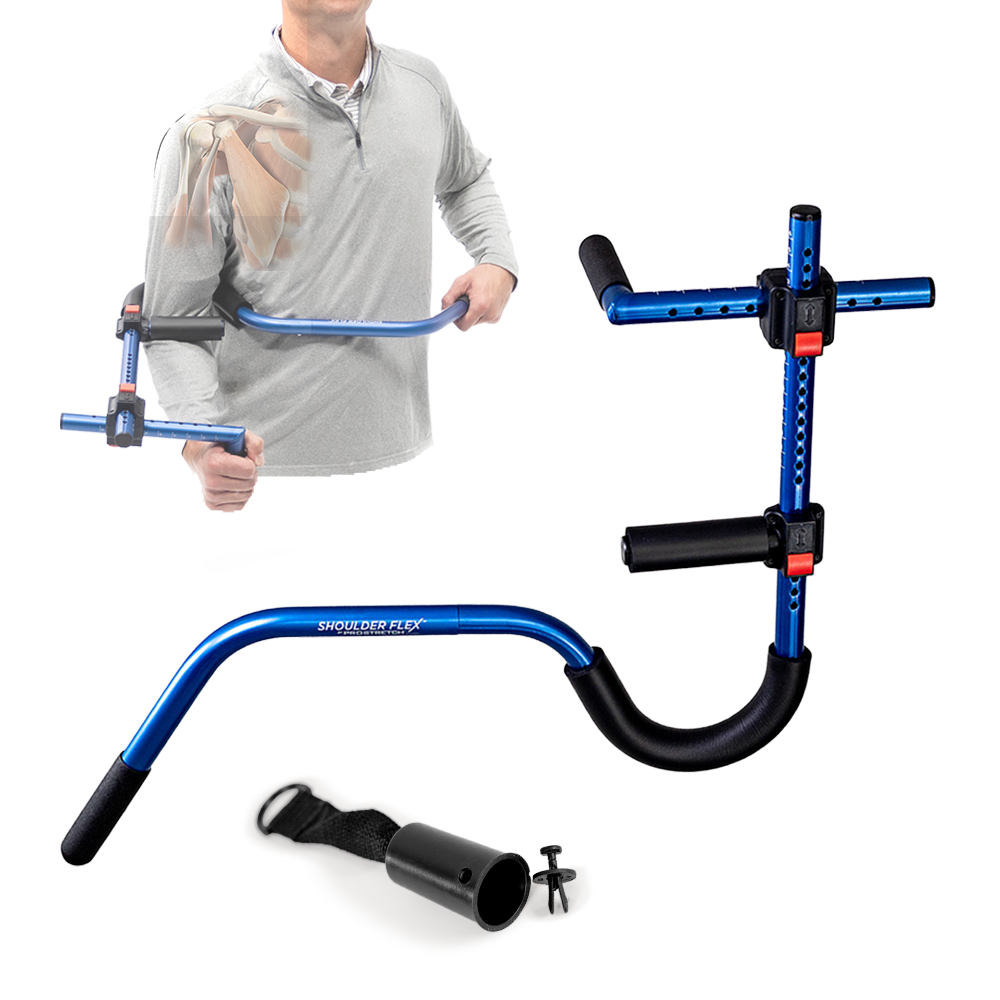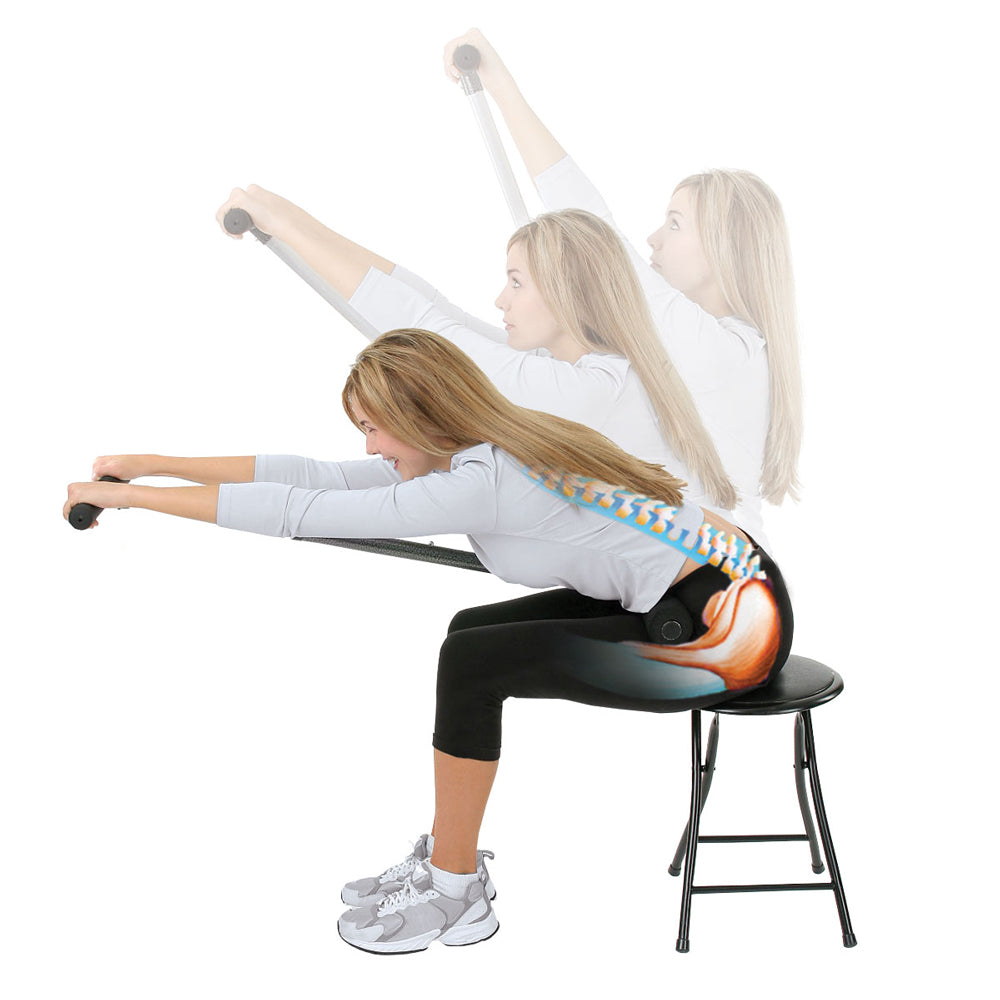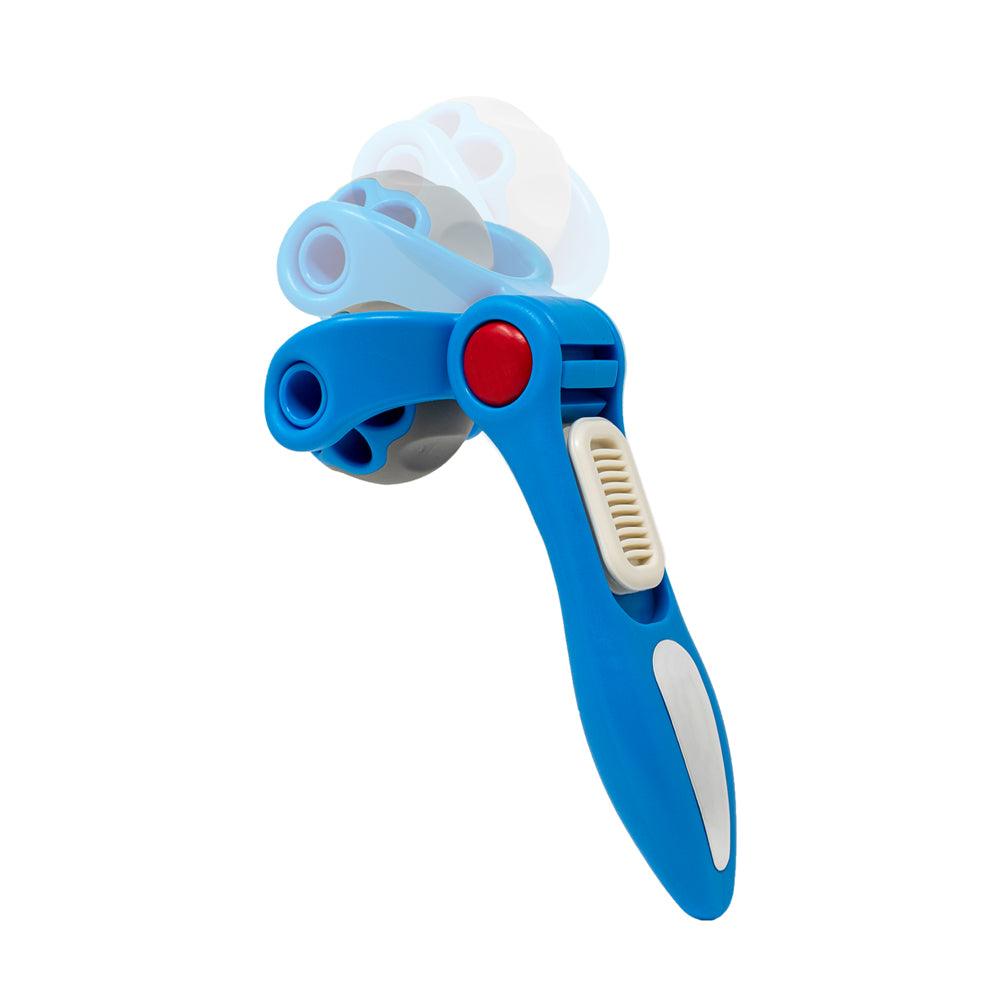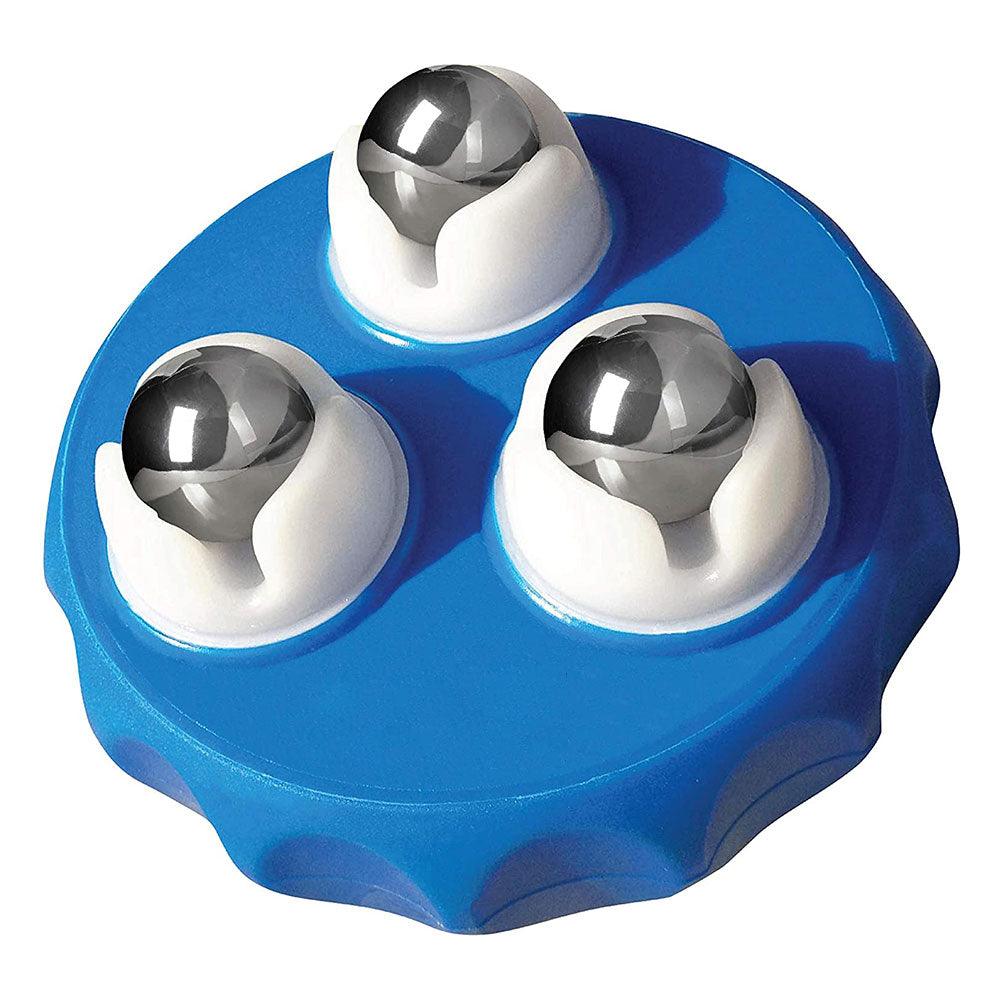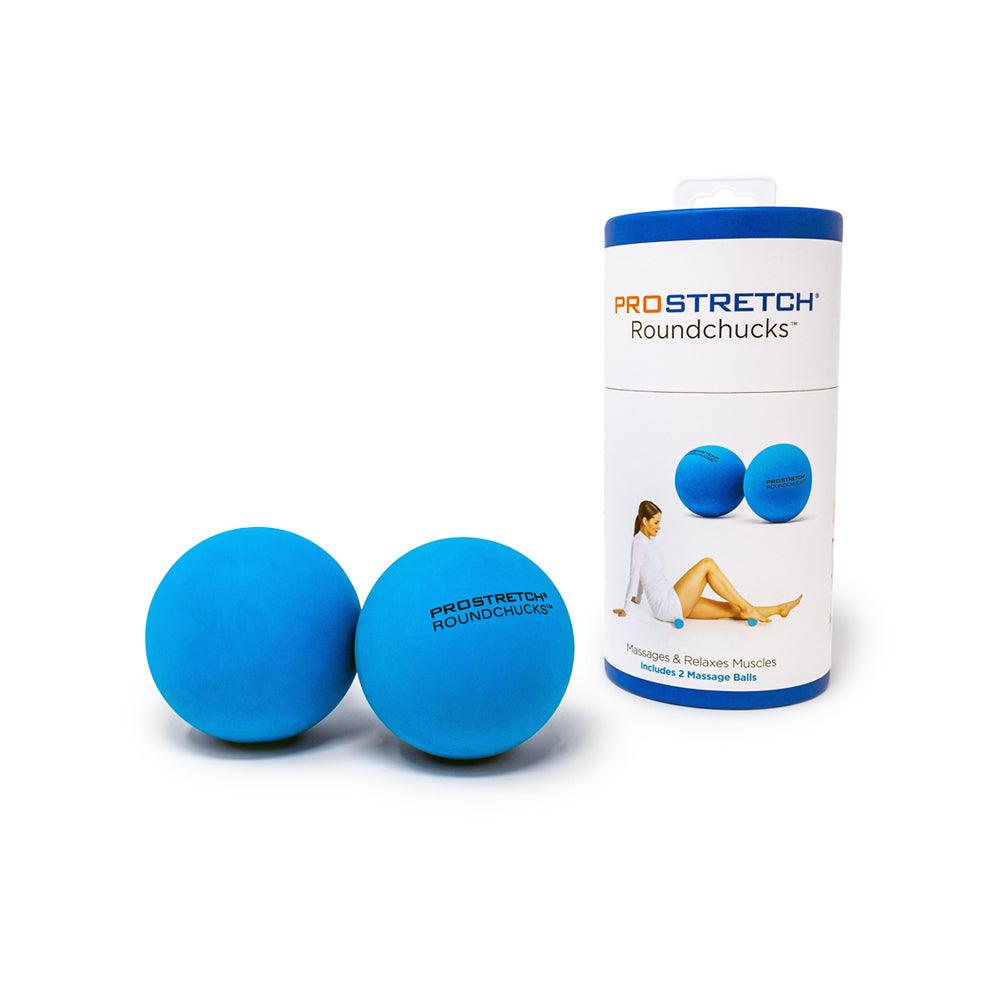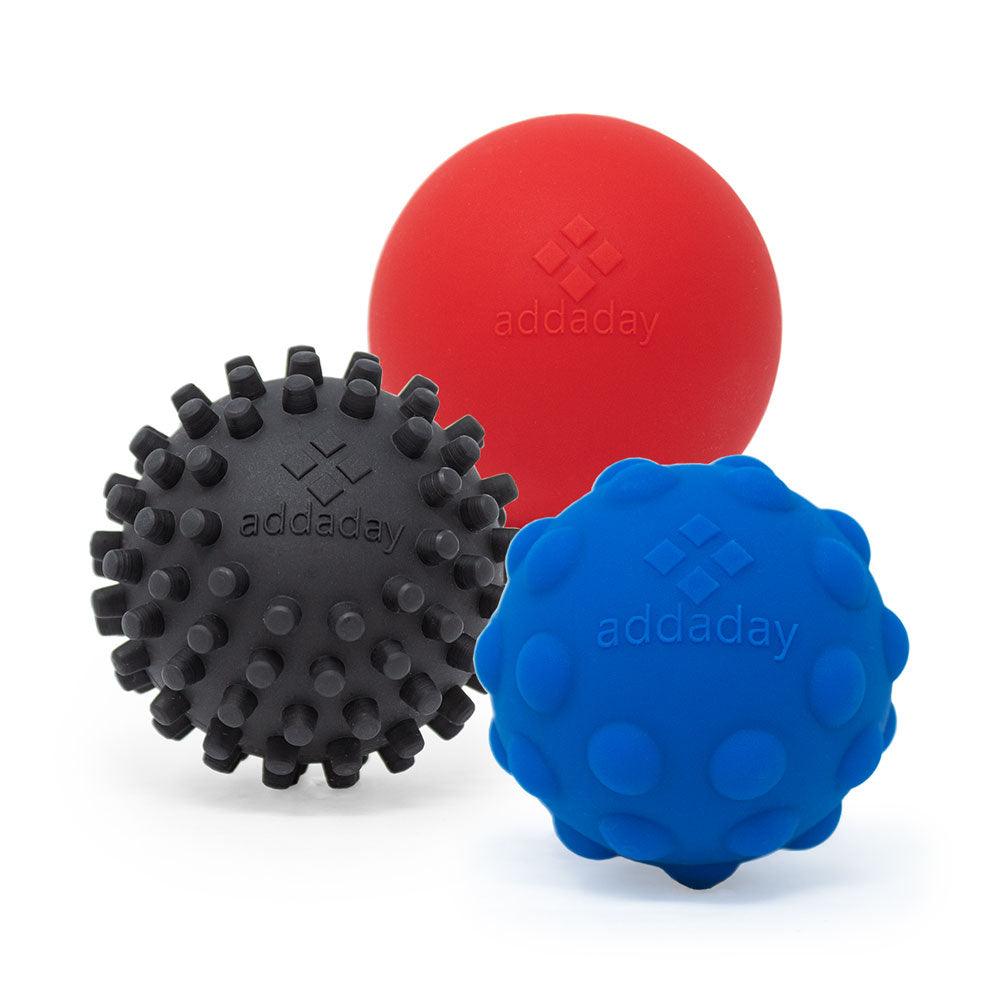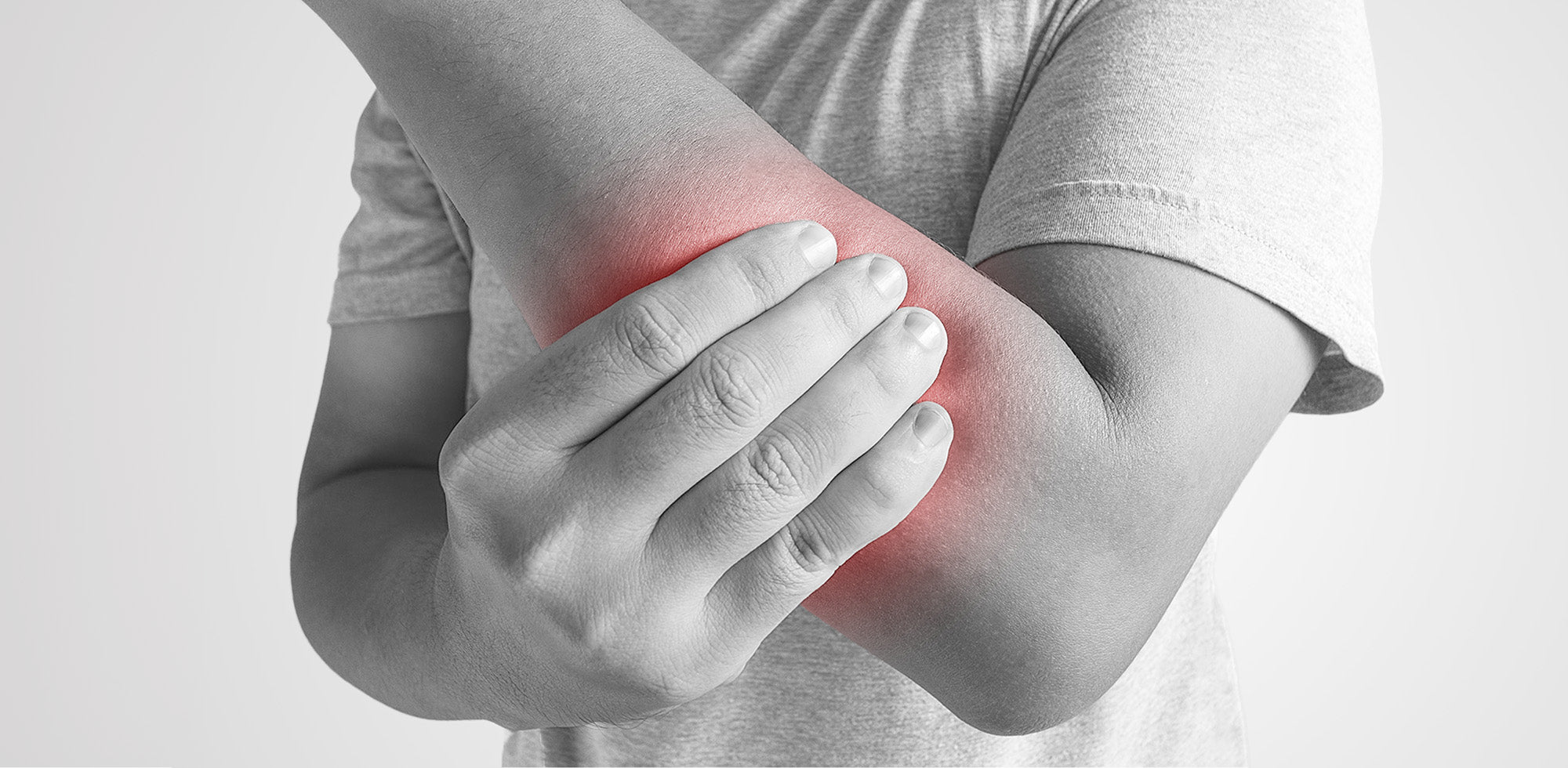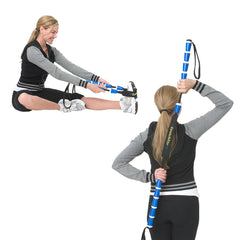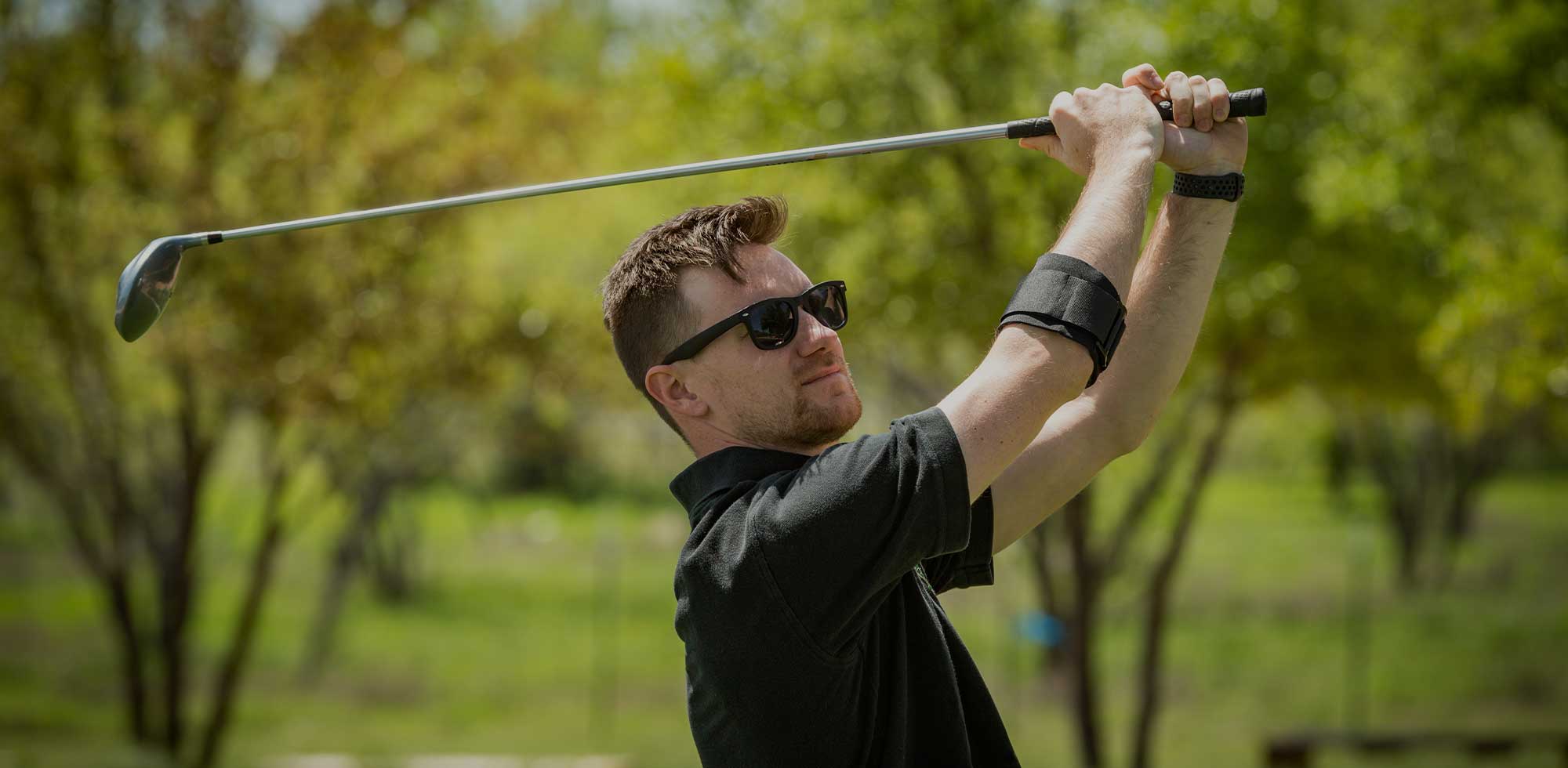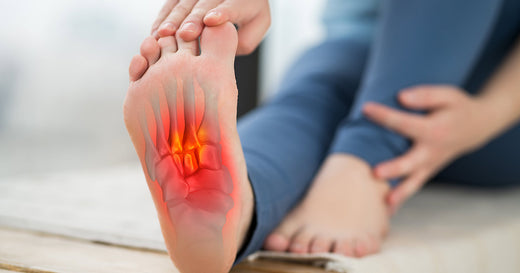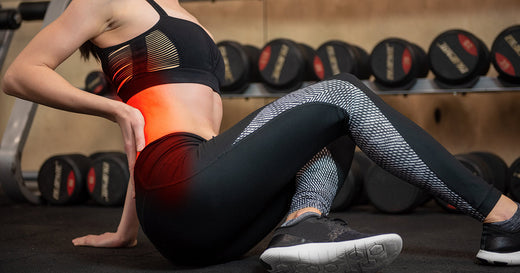Arm pain can be a significant problem. We use our arms for most daily tasks, so there's little you can do without experiencing pain. You may find yourself unable to perform even the most basic tasks. There are many causes and symptoms of arm pain. Once you learn more about these causes and symptoms below, you'll be able to treat and prevent pain in the future. If you are suffering from arm pain or looking for ways to prevent it, we recommend a few easy arm pain exercises.
Causes
Arm Pain Causes
There are many ways you can cause arm pain. Many sports like golf, tennis, basketball and baseball can lead to problems with your arms. When working out, if you don't use the proper form for lifting weights or other exercises, you may injure your arm.
Sometimes simple tasks at home or work can lead to an arm injury or strain. Lifting heavy objects, operating equipment and even housework like vacuuming or mopping can lead to arm pain and set you back for a few days or more.
Many of these tasks and activities require you to make the same motion repeatedly with your arms. Over time, these movements shorten the muscles in your arm, which makes strains and tears more likely.
If your job requirements is to use a computer for a large portion of the day, then you may also experience arm pain, especially in the forearms.
Symptoms
Arm Pain Symptoms
Your symptoms will differ based on the type of arm pain you're having. Below are some of the most common types of arm injuries and their symptoms.
- Tennis Elbow
- Golfer's Elbow
- Swimmer's Elbow
- Upper Arm Pain
- Carpal Tunnel Syndrome
- Wrist Pain
- Wrist Tendonitis
- Elbow Tendonitis
Tennis Elbow
Tennis elbow is a condition where repetitive motions in the arm and wrist can lead to overloading the tendons in the elbow. The condition gets its name because it's a frequent issue for tennis players due to the way they swing the racket. However, anyone can get tennis elbow, not just athletes.
The arm pain usually starts at the outside of the elbow where the tendons meet. It can also include the forearm and wrist. Those with tennis elbow may have trouble performing basic tasks like turning a doorknob or grasping a cup. Learn more about casues, symptoms, and treatments for Tennis elbow.
Golfer's Elbow
Golfer's elbow is caused by a golfer's grip and swing. It can come on suddenly from using bad form or can result after years of playing and repeated use. Other athletes, like tennis players, and people doing physical labor may also experience golfer's elbow.
Golfer's elbow is a result of overloading the tendons where they meet at the inside of the elbow. It's characterized by pain near the bony part of the inner elbow. The pain can travel from the elbow to the forearm, wrist and fingers.
People suffering from golfer's elbow often experience numbness, stiffness and tingling in addition to arm pain. You may feel your arm weak and you may find it difficult to do simple activities outside of golf. Learn more about casues, symptoms, and treatments for Golfer's elbow.
Swimmer's Elbow
Swimmer's elbow, also known as swimmer's arm, is a common condition for swimmers. It's usually caused by the breaststroke or butterfly stroke because of the position of the elbow. People can also get swimmer's elbow from performing physical labor or lifting weights.
With swimmer's elbow, you may experience pain on both the inside and outside of the elbow. It's a blend between tennis elbow and golfer's elbow. New swimmers often experience swimmer's elbow because they haven't yet learned proper form. Experienced swimmers can develop the condition due to many years of repeated use.
Swimmer's elbow can also spread to other parts of the arm. You may also experience numbness or pain in the forearm and wrist. Even moving your fingers can sometimes cause pain. Daily activities like shaking hands with someone can become painful. Learn more about casues, symptoms, and treatments for Swimmer's elbow.
Upper Arm Pain
Upper arm pain can be difficult to deal with and makes completing your daily tasks a challenge. The arm pain can come on quickly as a result of an injury or can develop gradually over time with repeated movements that put stress on your muscles and tendons.
The pain may be constant or only occur with certain movements. It may also be accompanied by numbness, swelling and tingling.
There are many causes of upper arm pain. An injury like a pulled muscle or broken arm can lead to immediate pain. It could also occur with a rotator cuff injury or a spinal or shoulder injury. The pain may be a symptom of fibromyalgia or may even be a warning sign of an oncoming heart attack. Learn more about casues, symptoms, and treatments for upper arm pain.
Carpal Tunnel Syndrome
Carpal tunnel syndrome is a condition as a result of pressure on the median nerve, which is a nerve running through the forearm to a passageway in the wrist called the carpal tunnel and down to the hand.
While carpal tunnel syndrome is usually attributed to spending too much time typing or using a mouse, other factors can lead to carpal tunnel syndrome. A fracture in the wrist may damage the carpal tunnel and median nerve. Rheumatoid arthritis can also lead to problems.
In addition to arm pain, carpal tunnel syndrome can cause weakness, tingling and numbness in the fingers, wrist and forearm. The symptoms usually develop gradually over time and can become constant. People with carpal tunnel syndrome may have trouble grasping objects and typing. Learn more about casues, symptoms, and treatments for Carpal Tunnel Syndrome.
Wrist Pain
There are many causes of wrist pain. You will experience wrist pain after a sprain or fracture. Wrist pain can also result from repetitive use. People who spend a lot of time on their computers or phones may experience wrist pain along with people who play sports or have a job that puts strain on their wrists.
You may experience a sharp or dull pain, depending on the injury. You may also have numbness and tingling, especially with pain caused by long-term use. Learn more about casues, symptoms, and treatments for wrist pain.
Wrist Tendonitis
Your wrist has six tendons, three that bend the wrist forward and three that bend it back. Tendonitis commonly occurs when one or more of the tendons is irritated or inflamed. It's usually located where tendons cross over one another or a bone.
Tendonitis can be caused by an injury or through repeated use. It's characterized by wrist pain, particularly when the wrist is moving. It can also include redness, swelling and a grinding sensation with certain motions. Learn more about casues, symptoms, and treatments for wrist pain.
Elbow Tendonitis
Elbow tendonitis is another name for tennis elbow. There are several tendons connecting the forearm to the elbow. Athletes like tennis players, baseball players and golfers can develop tendonitis. It can also result from other repeated uses or an injury.
It's characterized by a burning pain on the outside part of the elbow. The pain can also spread to the upper and lower arm, the wrist and hands. Simple movements can become increasingly painful. Learn more about casues, symptoms, and treatments for elbow tendonitis
Treatments
Arm Pain Treatments
There are quite a few methods for arm pain treatment. You should always speak to a doctor before performing any treatment. Often, just resting the arm can be effective. Take some time off from the sport or activity that caused the arm pain.
You can also try icing and elevating your arm to help relieve the pain. Over-the-counter painkillers and anti-inflammatory medicines can be helpful. If you have swelling, you can try a compression bandage.
FOR IMMEDIATE RELIEF
Arm Support Products:
Several products can provide immediate relief. You can often wear these products while performing activities that put stress on your arm. An upper arm strap or bicep/tricep cuff can help with upper arm issues. Tennis and golfer's elbow supports can protect the elbow.
Recommended products:
 Apply targeted compression to the upper arm. Relieve stress on the tendons and reducing pain associated with the swimmer's elbow. It provides support and promotes improved muscle function to help swimmers maintain their performance with reduced discomfort. The Upper Arm Strap is waterproof for use in the pool. |
 Apply targeted compression to the upper arm, relieving stress on the tendons and reducing pain associated with the swimmer's arm. Its strategic design provides support and promotes improved muscle function to help you maintain performance with reduced discomfort. The Bicep/Tricep Strap is meant for normal activities. |
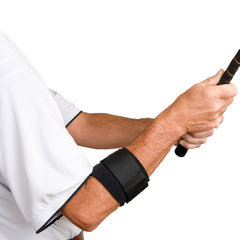 Applies sufficient pressure to the upper forearm to help stabilize the forearm muscle group. |
 Supports the forearm tendons and muscles during a practice or game of tennis and other related activities. |
FOR LONG-TERM HEALING
Arm Stretching and Strengthening Products:
Long-term healing is also essential. Massage rollers can be used frequently to help relieve soreness and tension. A stretching strap can stretch and strengthen the muscles and tendons.
Recommended products:
|
StretchRite® Stretching Strap ★★★★★ Improves flexibility of the shoulders and elbows, giving the arm a deep stretch to prevent future injuries. It is commonly used for swimmer’s elbow and other similar injuries. |
 ProStretch® Shoulder Flex ★★★★★ Provides targeted stretching exercises primarily for internal and external rotation of the rotator cuff to improve your shoulder's range of motion. Its design promotes improved shoulder flexibility, providing swimmers with a valuable tool for rehabilitation and preventive care against swimmers' arm pain. |
 Designed to assist in stretching the shoulders, upper and lower back, hips, hamstrings, calves, and shins using the body's natural traction. |
Arm Massage Products:
Massaging helps to relax tight muscles and release tension, reducing overall discomfort and promotes a greater range of motion. A targeted massage can address specific trigger points or knots in the muscles, contributing to pain relief and enhancing the overall recovery from swimmer's arm pain.
Recommended products:
 ProStretch® Uno Massage Roller ★★★★★ Delivers targeted myofascial release, reducing muscle tightness and promoting flexibility. Its design allows for effective targeted self-massage, helping to alleviate discomfort associated with swimmer's arm and supporting swimmers in maintaining optimal performance. |
 ProStretch® Marble Massage Roller ★★★★★ A hand-held roller massage tool designed to help relieve tight muscle knots, tension, and muscle soreness. Use the Marble Roller on your arms for the ultimate massage experience. . |
 ProStretch® Roundchucks Massage Balls ★★★★★ Provides targeted pressure and massage to the muscles, helping to alleviate tension and discomfort associated with swimmer's arm. Promotes muscle flexibility and can be a valuable addition to a swimmer's self-care routine for effective pain relief and improved performance. |
 ProStretch® Trio Massage Balls ★★★★★ A set of 3 massage balls each of a different density allowing for a personalized massage. With three different densities, soft density, medium density, or firm density, you decide your desired pressure of massage. |
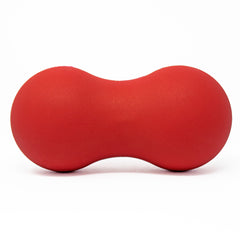 ProStretch® Peanut Massage Ball The ideal trigger point massage ball to alleviate muscle soreness and stiffness. |
 ProStretch® Hexi Mini Foam Roller It is the ideal trigger point massage tool to help alleviate muscle soreness, tightness, and tiredness. Small and compact, the Hexi foam roller features a textured 6-sided design with a solid foam core and can be used just like a standard-sized roller. |
 ProStretch® Nonagon Foam Roller The textured 9-sided foam roller design with a solid EVA foam core connects with the fascia with precision and allows for a deeper, stable, and secure roll. |
How to Prevent Arm Pain?
Arm injuries are much easier to prevent than heal. You can use straps and cuffs to help prevent issues while doing activities that put stress on your arm. Massage rollers and stretching straps are also good for use after the activity.
It's also important to take adequate breaks between activities. Be sure to use proper form to prevent injuries.
Arm pain can be a major inconvenience, especially if it's preventing you from performing your job or doing what you love. By understanding what causes this pain and working to prevent and heal any injuries, you can avoid most injuries and long-term problems.
Whether you are suffering from arm pain or looking to prevent it, we also recommend a few easy arm pain exercises.
PLEASE NOTE: The information on this website and article is for information only and should not be used as a substitute for consulting your doctor. Consult your doctor for proper diagnosis and rehabilitation.




